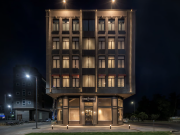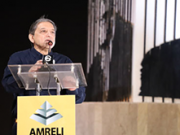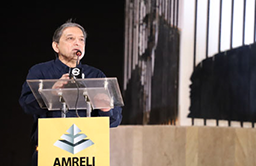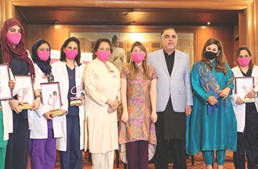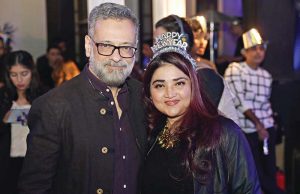At a demonstration held at night, North Korea displayed the most number of nuclear missiles it has ever had.
A nighttime parade put on display the military might of the nation’s missile manufacture, which included an unprecedented number of intercontinental ballistic missiles.
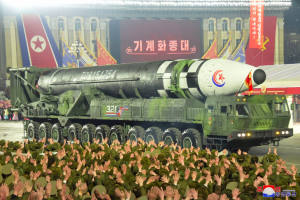
In a nocturnal parade, nuclear-armed North Korea displayed its prowess in missile production, exhibiting more intercontinental ballistic missiles (ICBMs) than ever before and dropping hints about a new solid-fuel weapon, according to official media on Thursday.
On Wednesday, North Korea celebrated the 75th anniversary of the establishment of its army by holding the eagerly awaited nocturnal military parade in Pyongyang, according to state news agency KCNA.
The head of state, Kim Jong Un, came with his daughter, who is tipped to take on a major position in the hereditary regime in the future.
According to KCNA, the parade also included tactical nuclear units and the ICBMs demonstrated North Korea’s “largest” nuclear strike capabilities.
The largest ICBM in North Korea, the Hwasong-17, was depicted in as many as 11 images issued by official media. It is thought that the Hwasong-17 has the range to launch a nuclear warhead almost anywhere in the world.
Ankit Panda of the American-based Carnegie Endowment for International Peace tweeted, “This is cumulatively more ICBM launchers than we’ve ever seen at a North Korean display.”
The quantity of warheads on such ICBMs, he continued, might be sufficient to overwhelm the country’s current missile defence systems.
Last year saw the Hwasong-17’s initial testing.
Latest Missiles
Despite resolutions and sanctions passed by the UN Security Council, the nation has continued to improve its ballistic missile programme by launching bigger and more sophisticated missiles.
Leif-Eric Easley, a professor at Ewha University in Seoul, stated, “This time, Kim Jong Un let North Korea’s developing tactical and long-range missile forces speak for themselves.” “Solid-fuel missile tests and the explosion of a miniaturised nuclear bomb” are expected to be the means by which Pyongyang communicates its message to the rest of the world while proving its capacity for coercion and deterrence.
The Hwasong-17s were followed by what some analysts believed to be a canister-launched prototype or mockup of a new solid-fuel ICBM.
According to Panda, the canisterized ICBMs looked different from the ones displayed in a 2017 parade.
The majority of the largest ballistic missiles in the nation use liquid fuel, necessitating a lengthy propellant loading operation at the launch site.
Long considered a top priority for the nation, developing a solid-fuel ICBM might make its nuclear missiles more evasive to detection and destruction in a fight.
How soon the alleged new missile might undergo testing is unknown. At the parades, North Korea has occasionally put on display mockups.




















